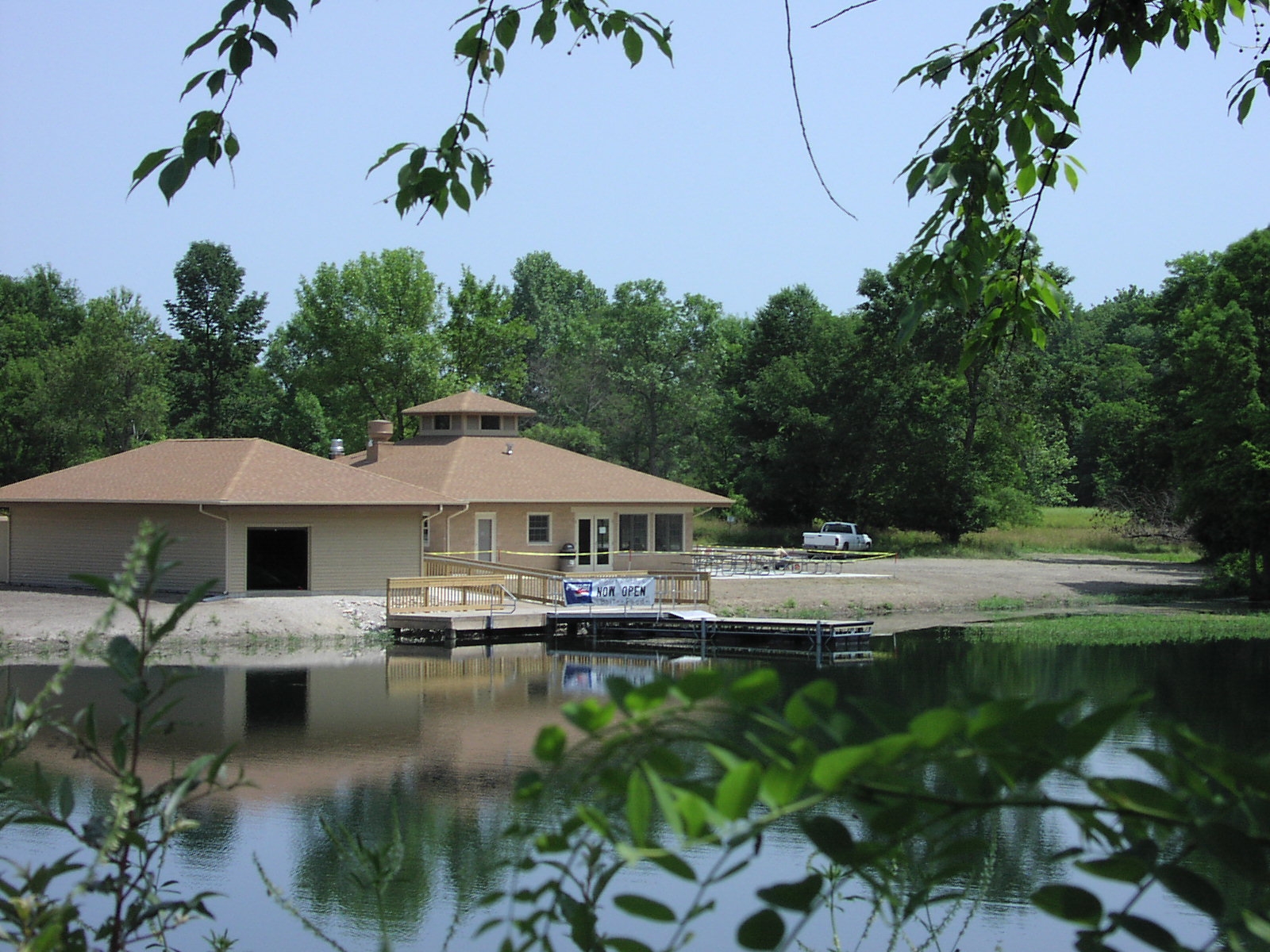The winding, mountainous roads made the drive from San Francisco to Yosemite National Park seem much longer than it actually was. My boyfriend and I were excited to trade in the daily grind of the city life for a few days of hiking, camping, and rock climbing in Yosemite Valley. We both thrive upon the peace and energy that only nature can provide. We both are also very organized and planned our outdoor excursion down to the very last detail. But as all travelers know, even the best itineraries rarely go as planned.
My boyfriend booked the campsite by contacting the National Park Service about a month in advance. The National Park Service’s website provides a link to review the different areas of Yosemite that have campsites and their availability. The price per campsite averaged a reasonable $20.00 per night. Additional information about nearby activities and amenities are also listed on this helpful site.
Although there was no park ranger on duty at the check-in booth, we easily found our Campsite #74 in the Upper Pines Region. We were not familiar enough with the area to have a site preference, so we simply took the site that the park service assigned to us. We later learned about the four campsite regions in Yosemite Valley: Upper Pines, Lower Pines, North Pines, and Camp 4. The first three regions are fairly similar and standard, but Camp 4 is a “first-come, first served” open space that requires no reservations. In addition to these options, there are also seven campsites north of Yosemite Valley and two campsites south of Yosemite valley.
The campsites in the Upper Pines were set reasonably far apart and the terrain was fairly smooth, although covered in patches of snow. We were able to park our car at the campsite next to where we pitched our tent. Each campsite had its own large lock box to store food inside so that encounters with bears would be less of a concern. All of our neighbors at the nearby campsites were quiet and one couple was kind enough to lend us their lighter fluid to get our struggling campfire started the first night.
Don’t be fooled by the movies…California is not warm and sunny year around. It was late March, and the temperatures dipped to nearly thirty degrees Fahrenheit each night. I gave myself a pat on the pack for splurging on that +10 degree down feather sleeping bag at REI for this trip. Since I had never camped in such chilly temperatures before, I had never considered using a sleeping mat before. I quickly learned that sleeping mats, such as this one from Alps Mountaineering, make a huge difference in staying comfortable and keeping warm.
Since my boyfriend and I have decent rock climbing skills, I contacted several climbing companies in advance to inquire about hiring a guide to summit some peaks in Yosemite. My search was quickly narrowed down, as I discovered that there was only one company that provided guide services inside the boundaries of the National Park and during the month of March.
This guide company, Yosemite Mountaineering School, was extremely accommodating and helpful throughout my contact with them while booking a ¾ day climbing excursion. I thought the price of $200.00 per person for a 6 hour guided climb was pretty steep. However, this was our only option and we really wanted to have the bragging rights of climbing Yosemite. Information about the options and pricing can be viewed on the YMS website.
The staff at Yosemite Mountaineering School advised us to meet their guide, Josh, in the Curry Village Mountain Shop at 9:00am and to bring our own lunch, water, climbing shoes, and harnesses. On the night before our scheduled climbing excursion, rain poured down on our tent and flooded the terrain around us. After a cold and uncomfortable night in the tent, my boyfriend and I awoke at dawn and wondered if the weather conditions would hinder our climbing plans.
Although cell phone reception in the park was sparse, I was finally able to reach Josh to discuss the weather conditions and our plan for the day.He told me that he had gone out earlier that morning to scope out the climbing areas and that pretty much everything was flooded and nearly every rock face was wet and slippery. He advised against taking us out to climb and asked if we had the flexibility to reschedule for another day. Unfortunately, this was our last day in Yosemite so we simply had to cancel our reservations. I really appreciated Josh’s honesty about the hazardous weather conditions and consideration for our safety.
Yosemite Mountaineering School gave us a full refund, with no hassles. Although, he and I were disappointed about not being able to climb that day, we quickly agreed upon a “Plan B”. We spent the day hiking the trail to the upper waterfall. The trail boasted a challenging 7.2 miles had pretty much every type of terrain I could imagine: rock, dirt, sand, grass, mud, water, snow, ice, and concrete. A helpful guide about the various hiking trails at Yosemite can be found on the National Park Service website.
Although our initial plans of rock climbing didn’t work out, we were not disappointed at all. And although Yosemite has been photographed countless times, there is truly nothing like experiencing the beauty of Yosemite first hand. Periodically stopping to take a deep breath and view the vistas along the way brought us a sense of peace, acceptance, and appreciation for the opportunity to be where we were at that
very moment.





